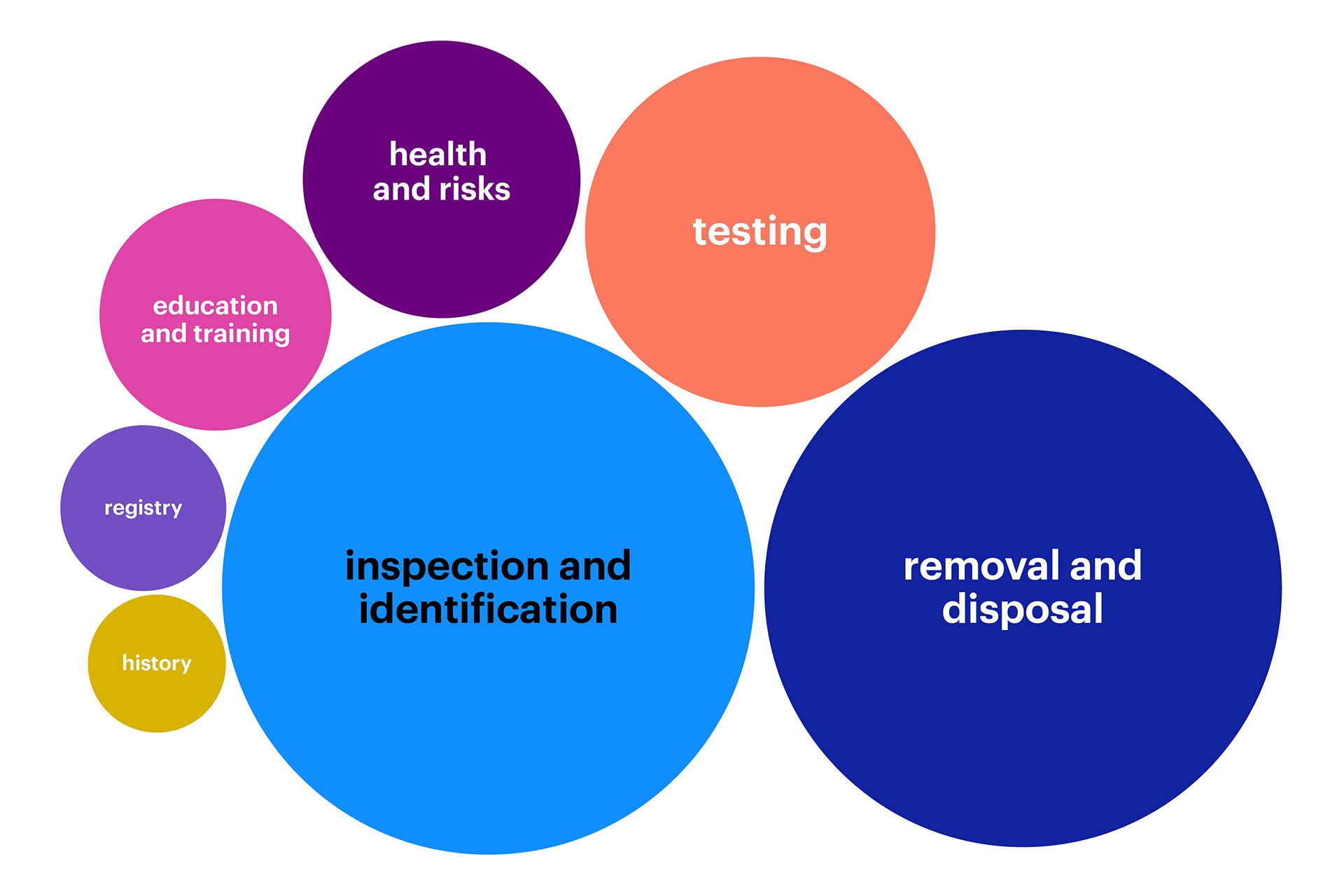Journal
Article
Using behavioural data insights in human-centered design
It's only after digging deeper that the results get interesting

Anyone who’s ever logged into Google Analytics and poked around will have observed some data about their users. The surface level stuff such as pageviews and number of users can be interesting to look at, but not necessarily useful. It’s only after digging deeper that the results get interesting, leading to an understanding of users’ information seeking behaviours at scale, and ultimately informing hypotheses and design.
There is an added value in capturing this kind of data – the opportunity to establish a benchmark and track the success of design decisions, and to continually optimise those decisions.
Here are 3 ways that Folk has used data in human-centred design, in ways that have enriched the project outcome.
Using behavioural data insights to inform customer navigation and improve access to information and services: Queensland Department of Child Safety, Youth and Women
Folk was engaged by DCSYW to assist in consolidating access to resources to support Queenslanders experiencing or impacted by Domestic and Family Violence.
By examining existing acquisition keyword data at a granular level, Folk was able to extract real language search queries that used the Five W’s (and one H) of information gathering: Who, What, When, Why, Where and How.

The results were sobering and showed the actual language people use in crisis situations. This led to a rethink in the way that information architecture is built. Folk established a dynamic, data-driven information architecture that spoke to key audience groups using plain language, that worked to support users through their specific experience. The added benefit here was that the language was adding an additional rich layer of metadata that helped users find the information they were looking for, when previously their searches were falling short. Key pages received up to a 380% increase in unique pageviews from search.
Using data to improve conversion rate: Joust
Folk was engaged by Joust, an app that allows users to get banks and lenders to bid against each other to help them get the best home loan rate. Joust wanted to improve the conversion rate of their sign-up process. By examining analytics for each step of the process, Folk observed where users were most likely to drop out of the process and construct a hypothesis for solution design.
Folk made several recommendations and prototyped a solution that included a reduction of steps and fields, and increased visibility around what was happening at each step and why.

By increasing measures around education and transparency, Joust championed a message of trust and credibility, which encouraged users to continue through the submission process, where they traditionally may have exited. Ultimately there was over a 140% increase in users making it through to the final step of signup process.
Using information seeking insight data to inform relevant content: NSW Environment Protection Authority
Folk was engaged by the NSW Environment Protection Authority (EPA) to design a website which better meets the needs of their audiences, with factual easy to read information about asbestos. Folk wanted to understand how the EPA ranked against other key asbestos websites, what search terms users were entering when looking for information related to asbestos and what material they were engaging with – so we looked to Google’s search results.

By constructing a mega-list of asbestos related keywords, Folk was able to capture the URLs of their respective search engine result pages. This allowed an eagle-eye view of the types of information that people were looking for as well as the volume of searches (which indicates importance), which ultimately informed the information architecture and content strategy.
These are just a few practical applications of using data to help inform human-centred design. When it comes to using data to solve these sorts of problems, Folk is continually being presented with new challenges and rolling up their sleeves to find new ways of working through them.